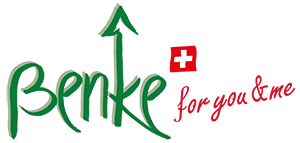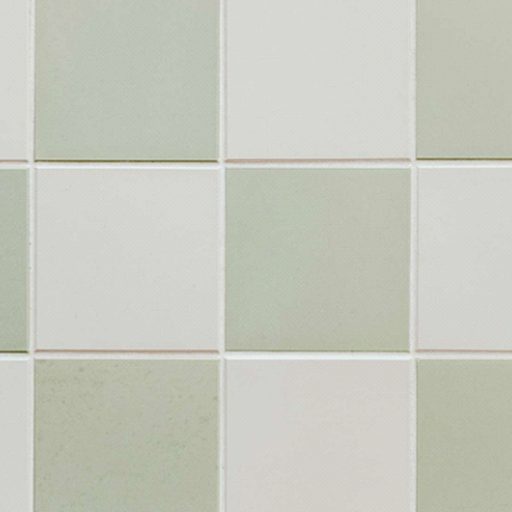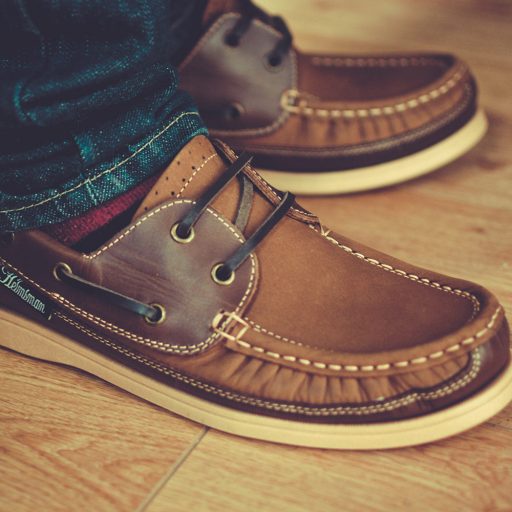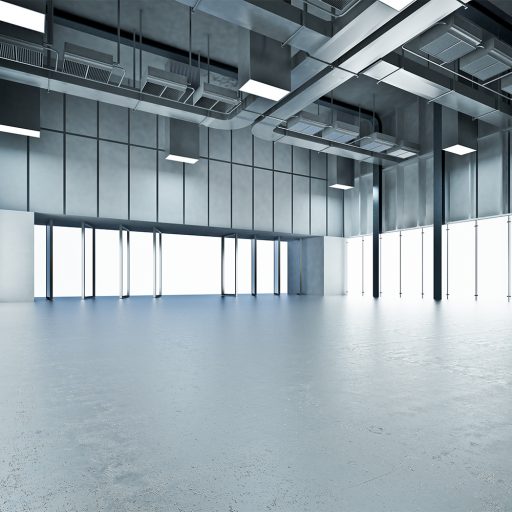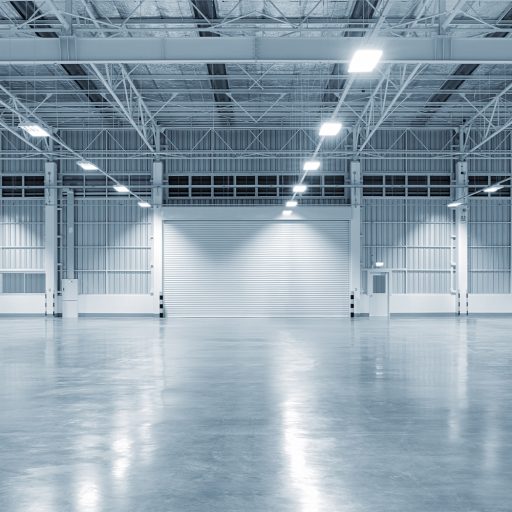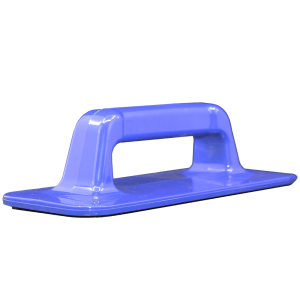Tile floors
Cleaning tile floors and walls properly
Tiles are fired at high temperatures from finely prepared ceramic raw materials. The resulting high-density surfaces are durable and hard-wearing. Proper treatment from the start brings out the full properties of porcelain stoneware, ensuring trouble-free use and many years of enjoyment with your tiles.
Descaling and maintenance cleaning:
With the strong and effective descaler “Alpolan” from Benke, lime and soap residue is no longer a problem. Its unique formula eliminates any calcification and does not attack your fittings.
Maintenance cleaning is most easily done with our “Alco – Star” which leaves a protective, synthetic film which dissolves and renews itself during the next cleaning.
As an aid for optimal cleaning, we recommend the scratch-free sponge or the patented joint brush from Benke to achieve an optimal result.
-

Joint brush
CHF 22.90 – CHF 52.00 Select options This product has multiple variants. The options may be chosen on the product page -

All-purpose cleaner Alco-Star
CHF 9.80 – CHF 76.85 Select options This product has multiple variants. The options may be chosen on the product page -

Limescale remover Alpolan – EXTRA Strong
CHF 12.40 – CHF 53.65 Select options This product has multiple variants. The options may be chosen on the product page
Basic cleaning of used, dirty tiles
1. for this you need an alkaline basic cleaner like Benke Multinet which cleans with highest efficiency. Apply it with a mop or, in the case of stubborn dirt, with a floor brush, edge cleaner or by machine (make sure you use a non-scratch cleaning pad) and let Multinet soak in for a short time.
2. rinse with clean water at least twice until all cleaner residues are completely removed. To remove old lime residues you will need a descaling agent such as Benke Alpolan. Apply the decalcifier undiluted with a cloth or sponge and clean with circular movements, rinse, done.
-

Limescale remover Alpolan – EXTRA Strong
CHF 12.40 – CHF 53.65 Select options This product has multiple variants. The options may be chosen on the product page -
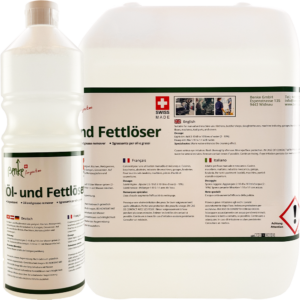
Grease and Oil Remover Multinet
CHF 10.95 – CHF 84.50 Select options This product has multiple variants. The options may be chosen on the product page
Remove fungus in the joints
The easiest thing is, basically after showering or bathing, wipe the joints dry with a dry microfiber cloth. Where there is no moisture, no fungus can develop.
If the fungus is already present, it must be removed with chlorine (Benke chlorine tablets). Dissolve chlorine tablet in hot water and apply with microfiber cloth or joint brush. Allow chlorine to act for approx. 1 hour and then wipe off. In case of silicone joints with very strong fungal attack, the joints must be renewed.
Hint:
Before you start cleaning cement joints, they should always be pre-wetted!
-

Joint brush
CHF 22.90 – CHF 52.00 Select options This product has multiple variants. The options may be chosen on the product page -
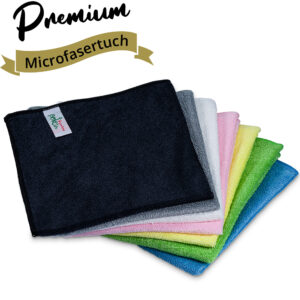
Microfibre Cloth PREMIUM
CHF 32.90 Select options This product has multiple variants. The options may be chosen on the product page
Wood floors
Dry cleaning
Dust and pebbles cause unsightly scratches on the floor. Shifting furniture or walking on it with shoes will cause an abrasive effect. However, you can easily remove dust and dirt particles with a tile cloth (see video dust mopping system) or the vacuum cleaner. The vacuum cleaner can easily scratch the floor. You should use an appropriately soft attachment brush.
The big advantage of our dusting system is that you can get under the furniture with it. (Dust is a great carrier of germs).
-

Dusting Set
CHF 97.35 – CHF 155.75 Select options This product has multiple variants. The options may be chosen on the product page -

Non-woven cloth roll
CHF 23.45 – CHF 102.05 Select options This product has multiple variants. The options may be chosen on the product page -
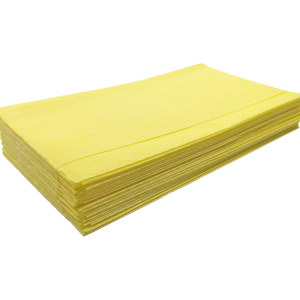
Fleece cloths Staubi yellow
CHF 12.85 – CHF 40.75 Select options This product has multiple variants. The options may be chosen on the product page -
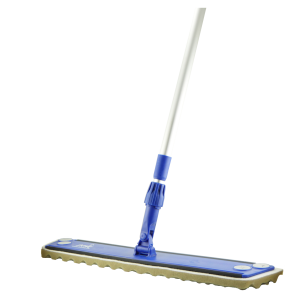
Staubi device
CHF 41.05 – CHF 58.55 Select options This product has multiple variants. The options may be chosen on the product page
Wet cleaning
Now the wooden floor can be wet mopped with any cleaning equipment
Use only synthetic cleaning agents (Alcostar). They are cheap, take care of the wooden floor and do not give an annoying cleaning agent film on the floor.
Please always mop your floors only damp with a well wrung mop to avoid swelling of the floor.
-

All-purpose cleaner Alco-Star
CHF 9.80 – CHF 76.85 Select options This product has multiple variants. The options may be chosen on the product page -
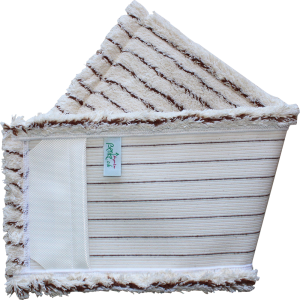
Parquet Mop Standard PROFI
CHF 17.20 – CHF 18.55 Select options This product has multiple variants. The options may be chosen on the product page -

Standard mop incl. handle
CHF 49.60 – CHF 52.70 Select options This product has multiple variants. The options may be chosen on the product page -

Grease and Oil Remover Multinet
CHF 10.95 – CHF 84.50 Select options This product has multiple variants. The options may be chosen on the product page
Marble floors
Marble flooring
Since the marble stone is very soft, it is very important to remove coarse dirt and dust, so that scratching or grinding with the shoes, furniture, toys, etc. can not take place. Dusting with dusting cloths (Staubi) does not swirl the dust and remains attached to the cloth. Wet wiping with microfiber – mop dissolves the dirt from the marble without strong mechanics.
Cleaning products; Never use wax, – acrylic, – or soap products. These products form a film when drying. The next time you clean the marble it will form a film again and so on. After a short time, the marble will be dull, greasy and no longer safe to walk on.
Use only synthetic cleaners. These leave a care film when wet wiping which becomes active again the next time wet wiping and is replaced (Alco Star) This protects your marble.
Acid sensitivity – Marble and limestone consist of over 90% lime and therefore react to acids of all kinds.
-

Dusting Set
CHF 97.35 – CHF 155.75 Select options This product has multiple variants. The options may be chosen on the product page -

All-purpose cleaner Alco-Star
CHF 9.80 – CHF 76.85 Select options This product has multiple variants. The options may be chosen on the product page -
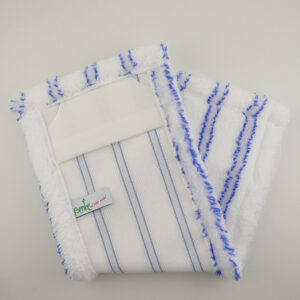
Microfibre mop UNIVERSELL
CHF 11.30 – CHF 12.45 Select options This product has multiple variants. The options may be chosen on the product page -

Standard mop incl. handle
CHF 49.60 – CHF 52.70 Select options This product has multiple variants. The options may be chosen on the product page
PVC and linoleum floors
PVC flooring
Coarse dirt such as crumbs or small stones that you have carried into the apartment with your shoes, you should first remove with a vacuum cleaner. Tip: Vacuum regularly, otherwise scratches may appear on the floor surface. After that, you can simply damp mop the floor.
Decoating and maintenance of PVC and linoleum floors
Professional, systematic cleaning and maintenance significantly contributes to the life of a floor covering. At the same time, it is one of the most important tasks of building cleaning. This is especially true for the basic cleaning or decoating of resilient floor coverings, for which there are two methods that differ in terms of the machines used and the time required. First part of a series on mechanical floor cleaning.
PVC or linoleum: material test with a bent open, heated copper paper clip.
-The resilient floor coverings include, for example, PVC and linoleum. PVC (polyvinyl chloride) is a synthetic, resilient flooring that is highly durable and resistant to water, alkalis and acids. Linoleum, on the other hand, is a natural product consisting of the raw materials linseed oil, cork and a jute backing layer. This flooring is only conditionally resistant to alkalis.
-

Dusting Set
CHF 97.35 – CHF 155.75 Select options This product has multiple variants. The options may be chosen on the product page -

All-purpose cleaner Alco-Star
CHF 9.80 – CHF 76.85 Select options This product has multiple variants. The options may be chosen on the product page -

Microfibre mop UNIVERSELL
CHF 11.30 – CHF 12.45 Select options This product has multiple variants. The options may be chosen on the product page -

Standard mop incl. handle
CHF 49.60 – CHF 52.70 Select options This product has multiple variants. The options may be chosen on the product page
Basic cleaning
First, the loose dirt is removed with a broom or vacuum. Then the decoating agent, which in the case of linoleum may only have a maximum pH value of 9, is applied in lanes with the single-disc machine. During the exposure time (approx. 10 minutes), the covering is scrubbed several times in heavily overlapping, circular paths. This ensures a uniform removal rate. The dosage ranges between 10 and 25 percent, depending on the coating thickness. During preparation and processing, care must be taken to ensure that the agent does not dry up. Otherwise, the dissolving process of the coating residues will come to a standstill. It is therefore recommended to proceed in sections and, if necessary, to add cleaning liquor. The hand pad is used for the corners and edge areas that cannot be reached by the machine. Once the coating residues have been completely dissolved, the next step is to vacuum up the dirt with a powerful and generously dimensioned wet/dry vacuum cleaner. Then allow the floor to dry completely. For the natural product linoleum, the drying time should be several hours or even a whole night. It is important to ensure adequate ventilation.
-

Edge cleaning pad
CHF 3.15 Select options This product has multiple variants. The options may be chosen on the product page -

Grease and Oil Remover Multinet
CHF 10.95 – CHF 84.50 Select options This product has multiple variants. The options may be chosen on the product page
